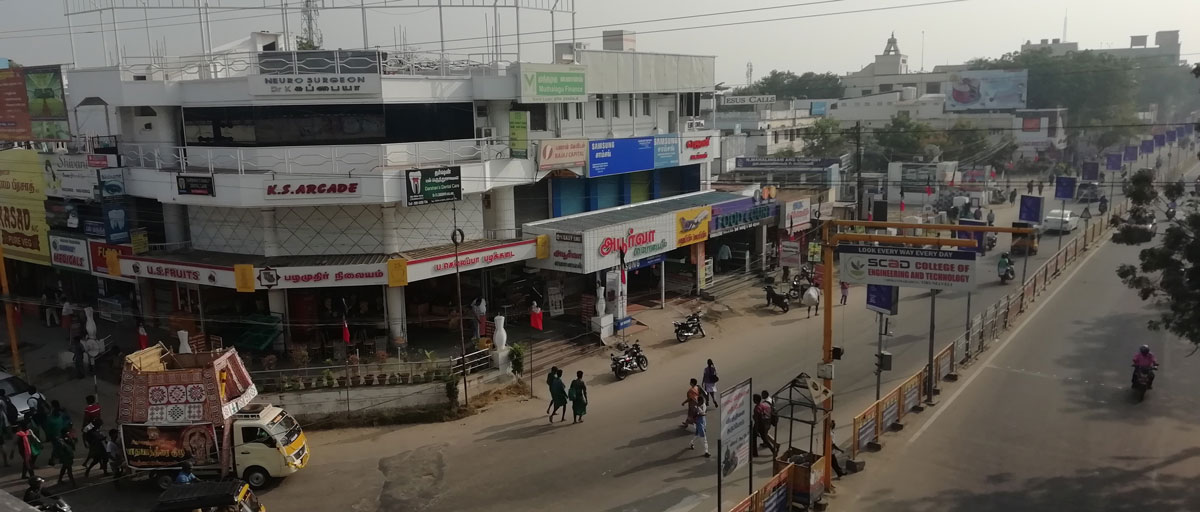Satellite image fusion to detect changing surface permeability and emerging urban heat islands in a fast-growing city
Summary
Rapid and extensive urbanization has adversely impacted humans and ecological entities in the recent decades through a decrease in surface permeability and the emergence of Urban Heat Islands (UHI). While detailed and continuous assessments of surface permeability and UHI are crucial for urban planning and management of landuse zones, they mostly involve time consuming and expensive field studies and single sensor derived large scale aerial and satellite imageries. We demonstrated the advantage of fusing imageries from multiple sensors for landuse and landcover (LULC) change assessments as well as for assessing surface permeability and temperature and UHI emergence in a fast growing city, i.e. Tirunelveli, Tamilnadu, India. IRS-LISSIII and Landsat-7 ETM+ imageries were fused for 2007 and 2017, and classified using a Rotation Forest (RF) algorithm. Surface permeability and temperature were then quantified using Soil-Adjusted Vegetation Index (SAVI) and Land Surface Temperature (LST) index, respectively. Finally, we assessed the relationship between SAVI and LST for entire Tirunelveli as well as for each LULC zone, and also detected UHI emergence hot spots using a SAVI-LST combined metric. Our fused images exhibited higher classification accuracies, i.e. overall kappa coefficient values, than non-fused images. We observed an overall increase in the coverage of urban (dry, real estate plots and built-up) areas, while a decrease for vegetated (cropland and forest) areas in Tirunelveli between 2007 and 2017. The SAVI values indicated an extensive decrease in surface permeability for Tirunelveli overall and also for almost all LULC zones. The LST values showed an overall increase of surface temperature in Tirunelveli with the highest increase for urban built-up areas between 2007 and 2017. LST also exhibited a strong negative association with SAVI. Southeastern built-up areas in Tirunelveli were depicted as a potential UHI hotspot, with a caution for the Western riparian zone for UHI emergence in 2017. Our results provide important metrics for surface permeability, temperature and UHI monitoring, and inform urban and zonal planning authorities about the advantages of satellite image fusion.







